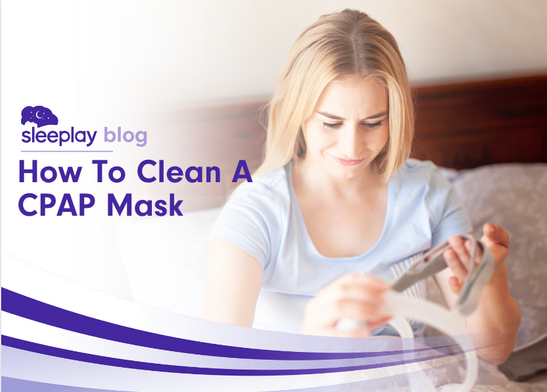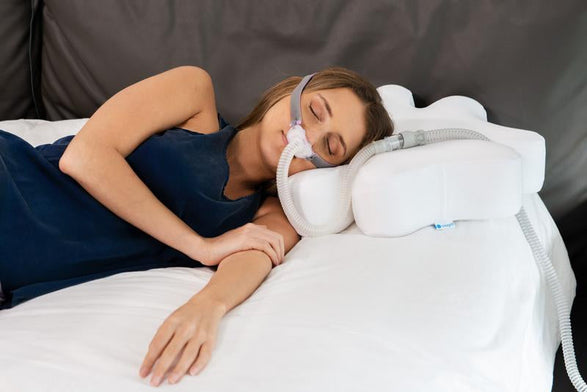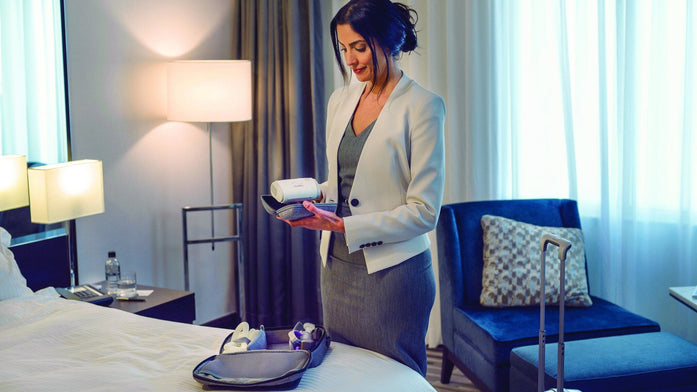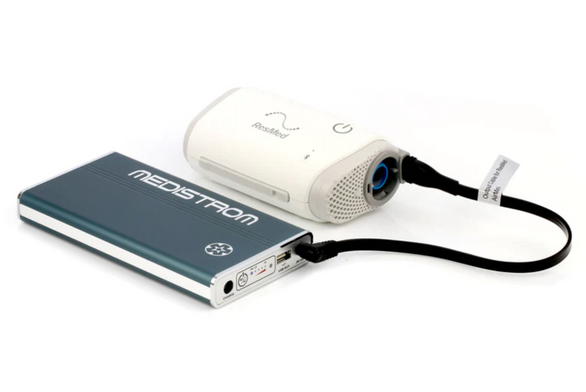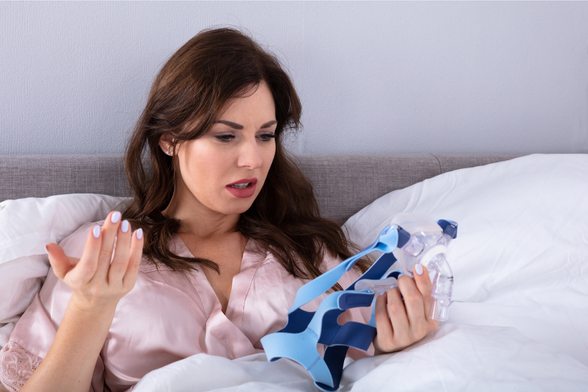CPAP Pressure: How to Find the Best Pressure Setting?
Your guide to finding the best CPAP pressure setting.
Sleep apnea is one of the most common sleep disorders in the United States. This disorder is characterized by difficulty in breathing during sleep. If you feel like you are getting disturbed during sleeping, it could be due to sleep apnea.
Sleep apnea can be treated effectively if you take certain measures. However, if you do not take care of it, it can cause several problems, ranging from cardiac diseases to kidney issues, in the future.
One of the best ways to treat sleep apnea is using a CPAP machine.
A CPAP machine assists in breathing by delivering a constant amount of air. It creates sufficient pressure to hold your airways open and reduce any kind of obstructions. Thus, CPAP pressure plays a major role in increasing or decreasing the efficiency of your breathing.
In this article, we will talk about what is CPAP pressure, the relation between AHI and CPAP pressure, and the factors affecting them, and focus on finding the best CPAP pressure for you.
What Do You Mean by CPAP Pressure Settings?
A CPAP machine helps in making your breathing efficient by changing the pressure settings. Using high air pressure, the CPAP machine keeps your respiratory airways open even when faced with obstructions.
This pressure allows the air to pass through your airways smoothly and without any constriction. As CPAP is a type of continuous positive airway pressure, it helps in keeping your airways open throughout the night and reduces any disturbance in breathing.
So, it becomes necessary to set the pressure settings properly to make the most of your CPAP treatment.
Why Is It Necessary to Adjust Your CPAP Settings?

There are various reasons to adjust your CPAP settings like comfort, peaceful sleep, reducing skin reactions, etc. Let’s take a look at a few of them.
Comfort
If your course of treatment is underway but you still do not find comfort in your sleep, it may not be the best treatment. Pressure plays a major role in your comfort and ease. Let’s take up two cases.
Low-Pressure Settings: If your pressure settings are low, you will not be able to breathe properly through your mouth and nose. This can cause daytime fatigue, along with disturbed sleep throughout the night.
Thus, it becomes necessary to increase your CPAP’s pressure in this condition.
High-Pressure Settings: Due to high pressure, you may face difficulties in adapting to your CPAP machine. This would be because of discomfort in your nose, mouth, and airways. It can also cause you to wake up during the night repeatedly or remove your CPAP mask.
Thus, it becomes necessary to decrease your CPAP’s pressure in this condition.
Peaceful Sleep
As mentioned above, if your pressure settings are too high or too low, it can cause a disturbance in your sleep. You may face issues like insomnia (inability to sleep at night), aerophagia (excessive swallowing of air), and morning headaches.
So, a proper pressure setting can give you quality sleep.
Reducing Other Medical Problems
An inappropriate pressure setting can also cause various other medical problems. A high-pressure setting can cause a burning or dry sensation in your nose and mouth. It can also cause skin irritation due to skin dryness.
On the other hand, a low-pressure setting can cause excessive bloating, gas problems, belching, or burping.
So, to reduce all these problems, all you have to do is adjust your pressure settings to the right amount.
Factors Affecting CPAP Pressure Settings
Many factors affect your CPAP pressure settings. Let’s take a look at some of the major ones.
Upper Airway Anatomy
The main reason for obstructive sleep apnea is a type of obstruction in your respiratory tract that prevents you from breathing.
Thus, your doctor may adjust your CPAP settings based on your obstruction.
Physical Factors
Many physical factors like weight and gender can affect your CPAP pressure settings.
Sleep apnea patients who are obese or overweight may have to change their CPAP settings as per their weight gain or loss to keep up with the treatment.
Medication and Alcohol
Alcohol and certain medications can cause your airways to collapse and thus, become an obstruction in breathing.
So, if you are a heavy-drinker or take some additional medicines, you may have to change your CPAP pressure settings accordingly.
Sleeping Position
Your sleeping position also determines your CPAP pressure settings. People who sleep on their backs tend to face more difficulties in breathing, compared to other people.
So, for back-sleepers, high-pressure settings are required.
REM sleep - Rapid Eye Movement
Your REM sleep pattern can also affect your CPAP pressure settings as during this phase, your breathing becomes erratic and uneven.
Relation Between AHI and CPAP Pressure Settings

It is important to know about AHI - Apnea-Hypopnea Index when it comes to adjusting your CPAP pressure settings.
AHI denotes the number of times your upper airway collapses in an hour. In simpler terms, it checks how many times your breathing stopped or was partial.
This number denotes the severity of your sleep apnea. However, it is just one of the many factors to determine your CPAP’s pressure settings, and not the main one.
Let’s take a look at the AHI range and understand where you stand.
- Below 5 events in an hour - Normal sleep
- Between 5 to 15 events in an hour - Mild sleep apnea
- Between 15 and 30 events in an hour - Moderate sleep apnea
- More than 30 events in an hour - Severe sleep apnea
Thus, your doctor may adjust your CPAP machine’s pressure settings accordingly as you move ahead with your CPAP therapy.
Finding the Ideal Pressure Setting for Your Sleep Apnea
So now the question arises- what is the ideal CPAP machine’s pressure setting for your comfort and treatment?
Now, all the pressure settings are measured based on centimeters of the water pressure (cmH20). Usually, CPAP machines can go as high as 25 cmH20. However, this setting is not comfortable for people with mild or moderate sleep apnea.
In a CPAP machine, the average pressure setting is around 10 cmH20. Usually, your pressure settings can be between 5 and 15 cmH20.
Now, you cannot determine the pressure settings on your own as there are various factors involved. You need to consult your doctor as there is a long procedure involved in finding the perfect CPAP pressure setting.
The process is known as ‘titration’. In this, the patient wears a mask throughout the night. Then, the doctors try various pressure settings to observe which one suits your body the best.
Your doctors may also observe other factors like sleeping position, sleep stages, the severity of sleep apnea, etc. to find an ideal pressure setting.
Benefits of Getting An Ideal Pressure Setting
There are various benefits of finding an ideal pressure setting for your sleep apnea:
- Reduces snoring
- Opens congested airways
- Reduces the risk of bloating or aerophagia
- Gives a peaceful sleep
- Reduces AHI score
- Prevents dryness of skin, mouth, and nose
Thus, an ideal pressure setting can help you in many ways and reduce the symptoms of sleep apnea.
Conclusion
As you can see, the pressure of your CPAP machine can affect your treatment in a negative or positive way. So, every sleep apnea patient needs to consult their doctor and find the best CPAP pressure setting for themselves.
Join the conversation!, login and comment.
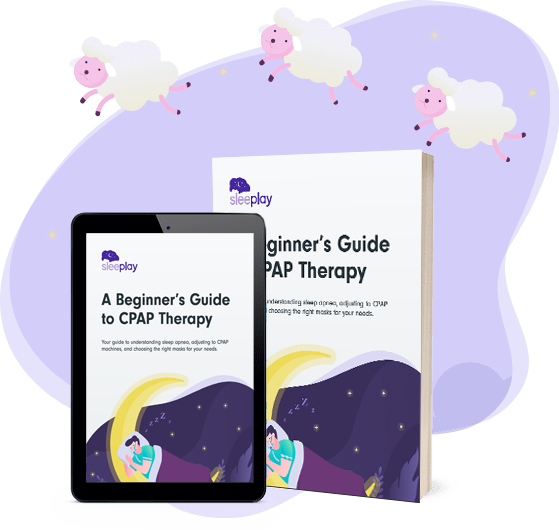
Get your guide to understanding sleep apnea, adjusting to CPAP machines, and choosing the right masks for your needs.



